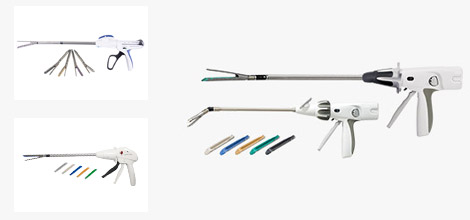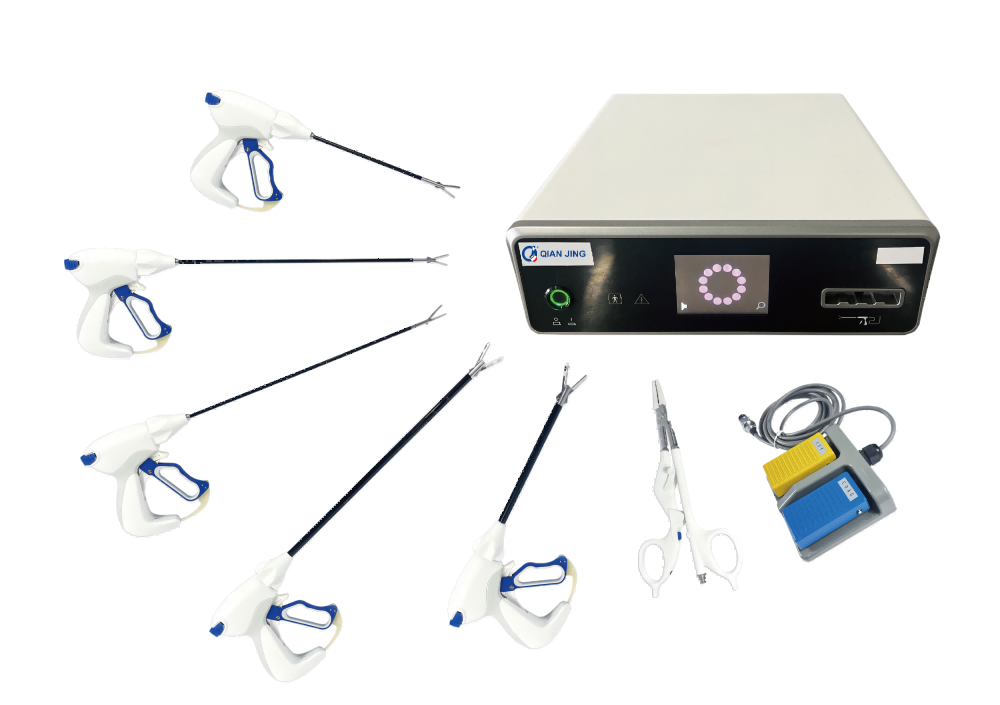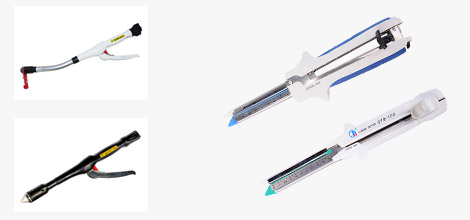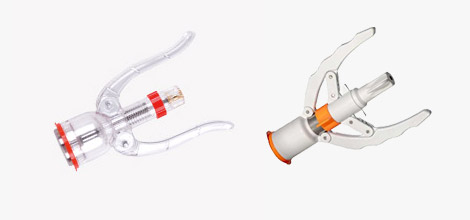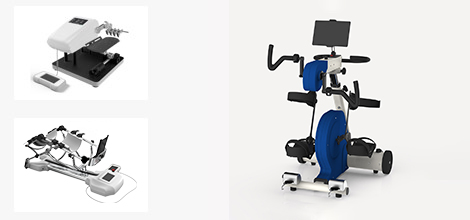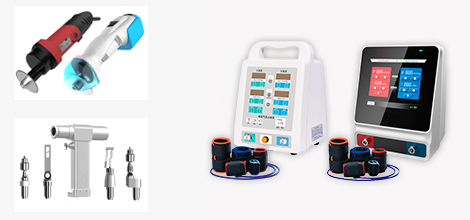What to look for when using the Endoscopic Linear Cutter Stapler
Basic principles of suturing in the use of the Endoscopic Linear Cutter Stapler.
01. Ensure good alignment of the sutured wound or wounds: suturing should be performed in layers, according to the anatomical level of the tissue, so that the tissue levels are tightly packed, do not involve or sew into other tissues, do not leave residual cavities, and prevent fluid accumulation, blood accumulation and infection. The margin distance and needle spacing of the suture must be uniform and consistent.
02. Pay attention to the tension of the suture: the tightness of the ligature suture should be such that the edges of the incision are closely connected, and should not be too tight.
03. The selection of sutures and suture needles should be appropriate.
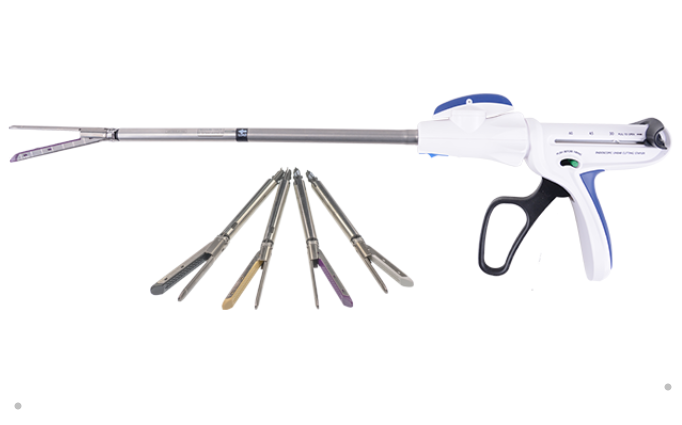
2. Specification of sutures in the Endoscopic Linear Cutter Stapler
The specification of the suture is indicated by a number. The specification indicates the diameter of the suture, and the larger the number, the thicker the suture. For example, a size 4 thread is thicker than a size 1 thread, and the tensile strength is also greater. Generally, there are 1 to 10 threads, and below 0, the more 0s, the smaller the diameter and the lower the tensile strength.
The tensile strength of a suture knot is the amount of force (expressed in pounds) it can withstand before it breaks. The tensile strength of the tissue in question is a prerequisite for the surgeon's choice of suture type and tensile strength. It is generally accepted that the tensile strength of a suture does not need to exceed the tensile strength of the tissue, but should be at least as strong as the normal tissue it is being sutured to.
Suture material
The following materials are currently used in the Endoscopic Linear Cutter Stapler procedure.
(1) Silk thread: widely used, inexpensive and strong, easy to use, still occupies most of the surgical suture market, but the absorption cycle is more than 1 year and is non-absorbable.
(2) Sheep intestine thread: Sheep intestine thread is the traditional absorbable surgical suture, which has been gradually replaced due to its inherent insurmountable defects.
(3) Polyethyleneglycolate (PGA) and polyethyleneglycolate propyleneglycolate (PGLA) absorbable sutures: due to their good biocompatibility and secure fixation, they are used more and more widely in clinical practice.
(4) Single-fiber and multi-fiber sutures: Single-fiber sutures encounter less resistance when crossing tissues and avoid bacterial adhesion on them, which are suitable for vascular surgery or contaminated wound closure. Single fiber sutures are easy to knot, but are less strong and can break if the suture folds or curls during the ligation process.
2. Endoscopic Linear Cutter Stapler
Types of suture needles.
1. According to the cross-sectional shape of the needle tip: round needles; angled needles (sharp, mostly used for suturing skin); round body angled needles; spade needles (mainly used for ophthalmic surgery); blunt needles.
2. According to the curvature of the needle: 12 arc; 318 arc (mostly used for suture skin); 5/8 arc; straight needle; 14 arc (mostly used for ophthalmic surgery)
3. Master the correct way to hold the needle of Endoscopic Linear Cutter Stapler
(1) Using the Endoscopic Linear Cutter Stapler method
The bite of the needle holder of the Endoscopic Linear Cutter Stapler should match the size of the suture needle. The contact point between the needle holder and the suture needle should be located at the wide oval of the body of the suture needle, equivalent to 1/3 to 1/2 of the length of the suture needle, so that the contact area between the needle holder and the suture needle is maximized, which is conducive to the needle holder's stable control of the suture needle and avoids suture needle shaking and twisting during tissue suturing. The needle should be positioned in such a way that the needle holder and the needle are in maximum contact to facilitate stable control of the suture needle and to avoid suture needle shaking and twisting during tissue closure. The needle and the needle holder should be perpendicular to each other, and the needle holder should not over-clamp the needle during suturing; the needle holder should only hold the needle until it is initially engaged.
(2) Mastering the correct way to hold the needle holder
Place the thumb and ring finger in the ring of the needle holder and place the index finger on the needle holder for a stable grip, or hold the entire needle holder in the palm of the hand for increased dexterity.
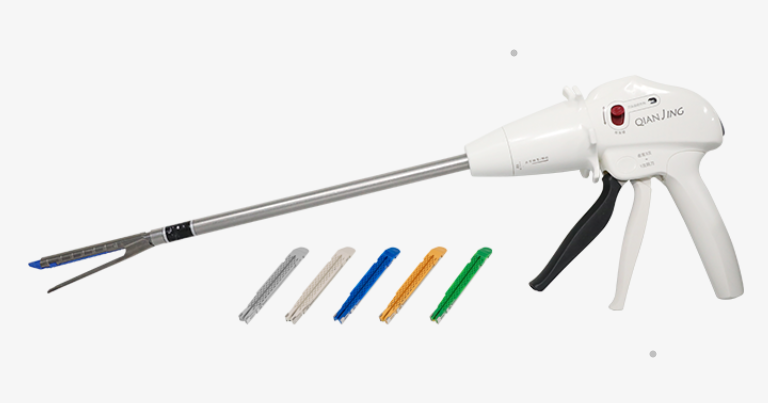
Standardize the Endoscopic Linear Cutter Stapler procedure
Surgical details: The needle should be inserted at an angle perpendicular to the skin, which reduces the size of the entry opening and avoids inversion of the skin edge. The position and depth of the entry point is determined by the thickness of the skin to be sutured. The entry point is usually 1 to 3 mm from the wound edge, bilaterally symmetrical, and the suture entry angle should be perpendicular to the skin surface.
The Endoscopic Linear Cutter Stapler should be clamped on the suture until it leaves the wound before releasing it. The details of this operation are important, as premature release of the needle holder may result in a small suture falling into the deeper wound.



 info@qjmed.com
info@qjmed.com